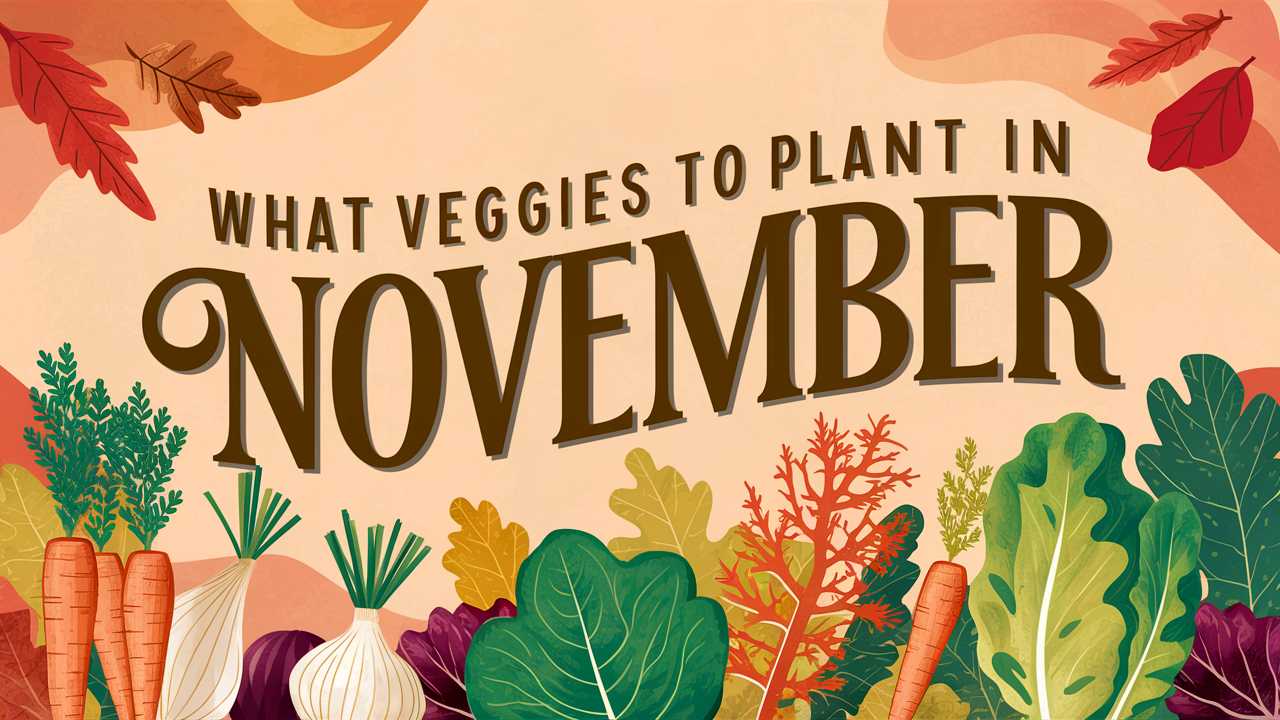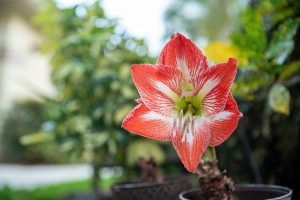November might signal the end of many gardeners’ growing seasons, but for those in certain USDA zones, it’s the perfect time to sow a variety of hardy vegetables. As the weather cools down, many crops thrive and can be planted in preparation for winter harvests or early spring gardening.
Garlic
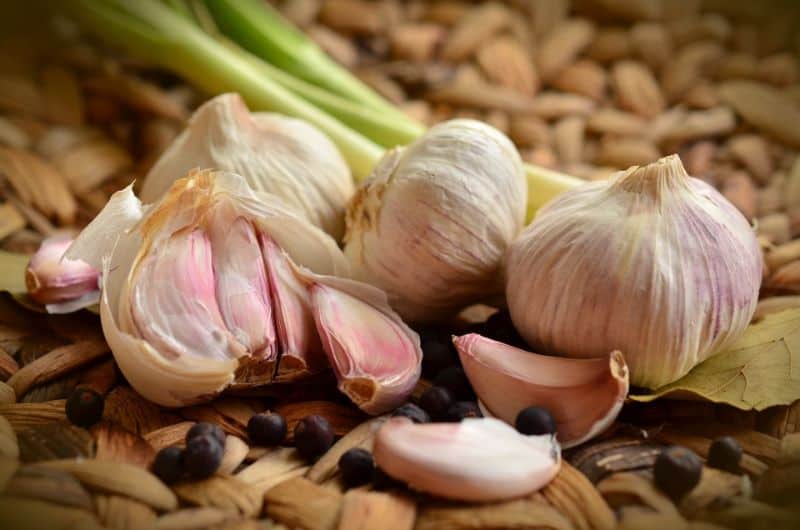
Garlic is a must-have staple in many kitchens, and November is an excellent time to plant it in USDA zones 3 through 8. The ideal planting temperatures for garlic range from 45°F to 65°F. When planting, choose a sunny spot with well-drained soil and plant individual cloves about 2 inches deep and 6 inches apart. Garlic requires a cold period to develop properly, so planting in November allows the bulbs to establish roots before winter. The crop is typically ready for harvest in mid-summer.
Spinach
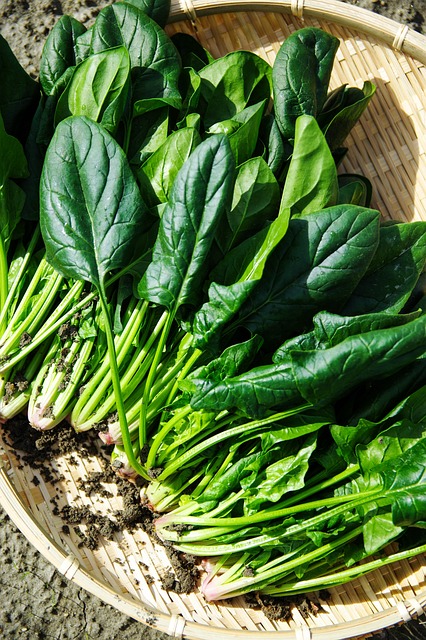
Spinach is particularly cold-hardy and can thrive in USDA zones 3 through 9, making November a prime time for planting, especially if you’re in a milder region. Spinach prefers temperatures between 50°F and 60°F and can often survive light frosts, which actually improve its flavor. Sow seeds directly into the soil, ½ inch deep, and keep the soil consistently moist. Depending on your location, you may even be able to harvest fresh spinach throughout the winter.
Kale
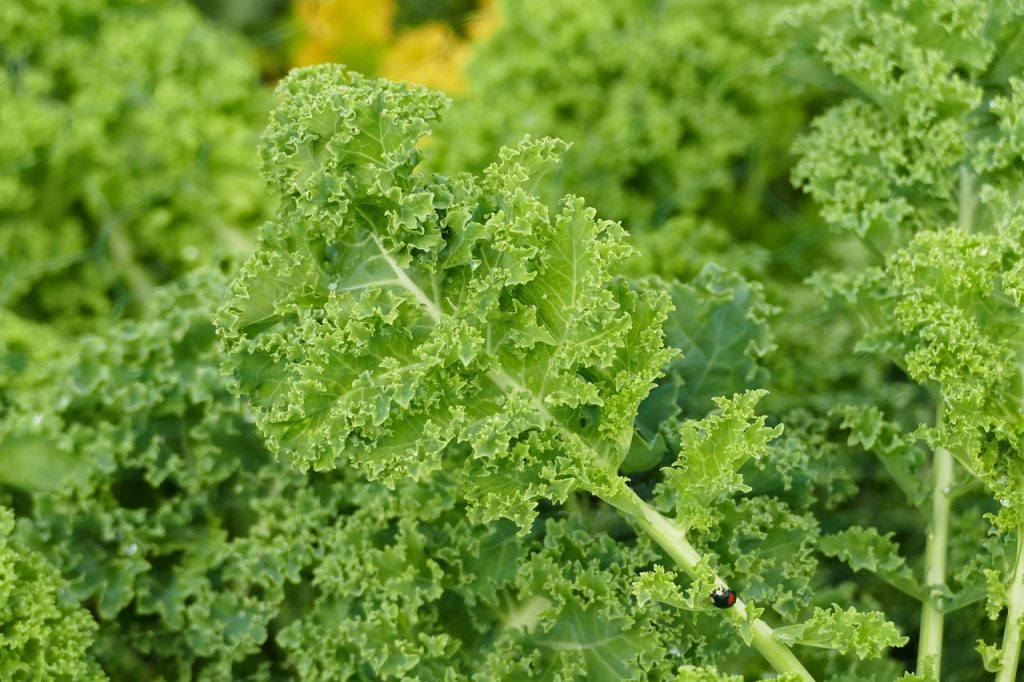
Kale is another superfood that thrives in cooler temperatures. It can be planted in USDA zones 3 through 9 in November. This hardy green tolerates frost well, with the sweetening of its leaves occurring after exposure to a freeze. To plant, space seeds 12 inches apart in well-drained soil. Kale can be harvested as baby greens about 25 days after planting or allowed to mature for a full harvest in around 60 days.
Carrots
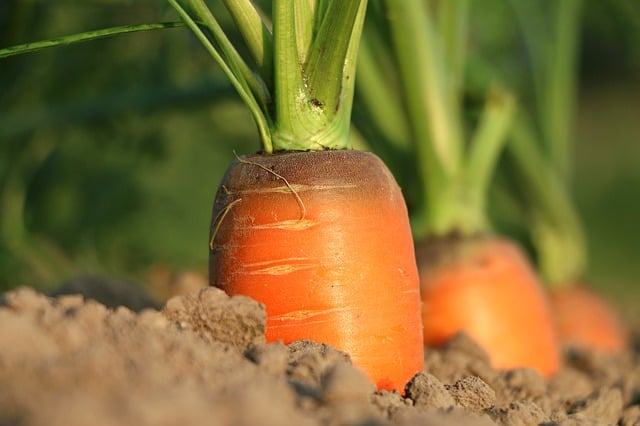
Carrots are surprisingly resilient and can be grown in USDA zones 3 through 7 when sown in November. They require a soil temperature of at least 45°F for germination, and many varieties can tolerate light frosts. Plant seeds about ¼ to ½ inch deep, allowing for 2-4 inches of spacing between them. Carrots do best in loose, sandy soil to develop their long roots without obstruction. For regions experiencing a mild winter, overwintering carrots can be harvested in early spring.
Collard Greens
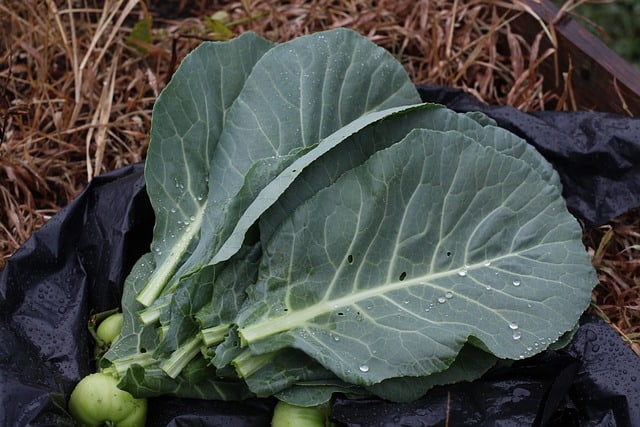
Collard greens are a staple in Southern cooking and are perfect for fall planting in USDA zones 3 through 9. These greens can endure the chill of late fall, with optimal growth temperatures between 60°F and 70°F. Plant seeds ½ inch deep and space them 12 inches apart. Collards are known for their high nutritional value and often taste better after a frost due to the conversion of starches into sugars.
Brussels Sprouts
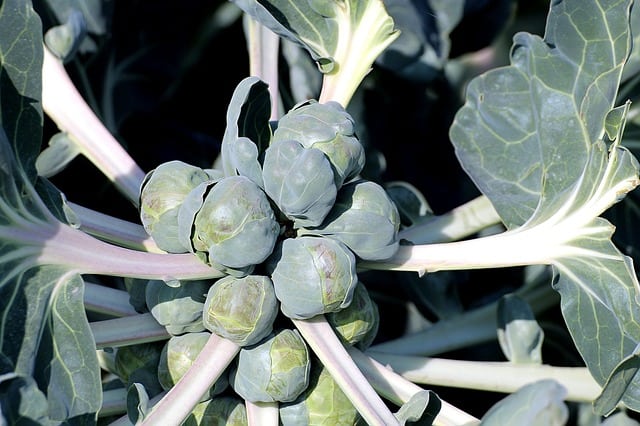
Brussels sprouts thrive in cool-weather climates and can be successfully planted in USDA zones 5 through 9 in November. They require a minimum temperature of around 45°F and prefer a longer growing season. Sow seeds in well-drained soil ½ inch deep and space them 18 inches apart. These nutrient-dense vegetables can take about 90 to 100 days to mature but are well worth the wait, as the flavors intensify after frost.
Beets
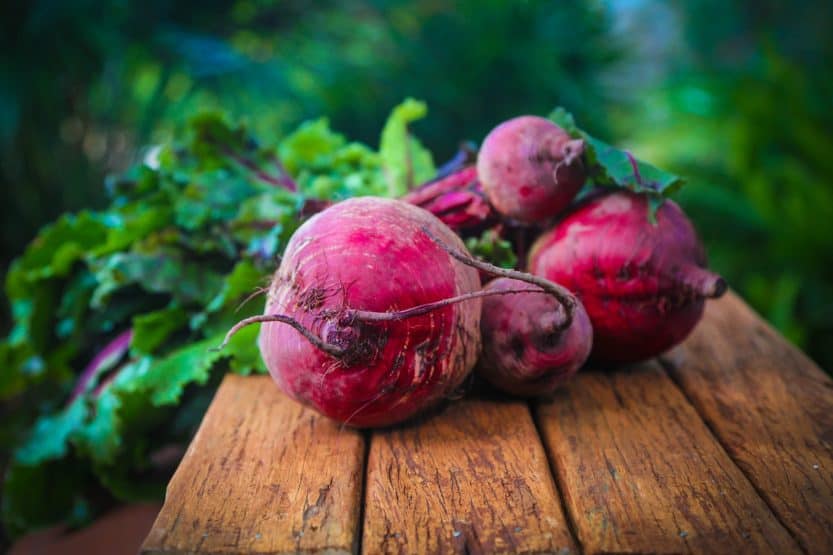
Beets are versatile vegetables that can be planted in USDA zones 3 through 9 in November. They’re tolerant of frost and actually benefit from it. The seeds should be sown ½ to 1 inch deep in well-drained soil, with spacing of about 2-4 inches between seeds. Beets offer multiple harvests, as both the roots and greens are edible. They typically mature in about 50 to 70 days.
Parsnips
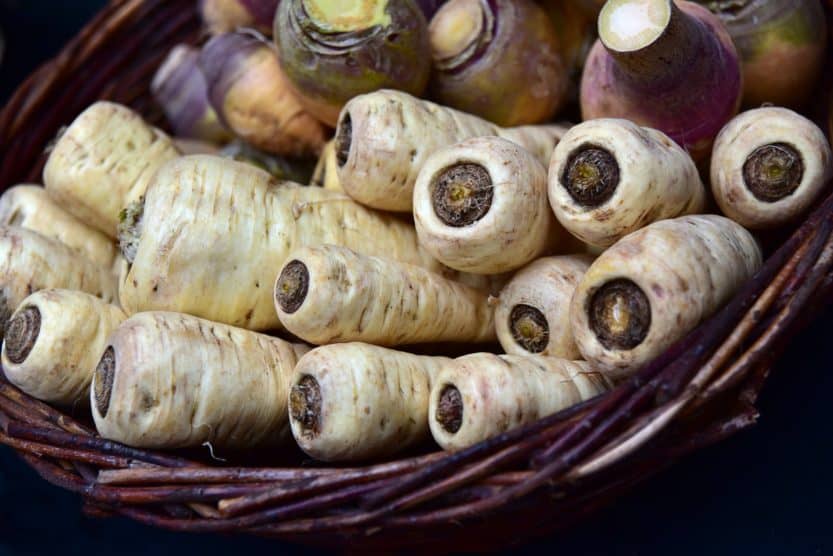
Parsnips are a root vegetable that thrives in colder temperatures and can be planted in USDA zones 3 through 7 in November. Although they require a longer growing season, parsnips can survive harsh winters and are usually harvested in early spring. Sow seeds in well-drained soil about ½ inch deep, with spacing of 6-10 inches apart. The flavor of parsnips often improves significantly after a frost, making them a great choice for winter gardens.
Radishes
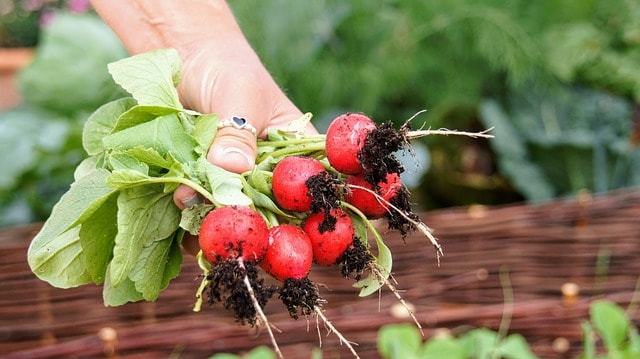
Radishes are fast-growing and can be planted in all USDA zones during November, particularly in zone 7 to 9. They have a short growing cycle, typically maturing in 30 days or less. Plant seeds about ½ inch deep, and make sure to thin them as they sprout for optimal growth. Radishes can handle cold temperatures and frost, and some varieties even develop enhanced sweetness when grown in cooler conditions.
Mustard Greens
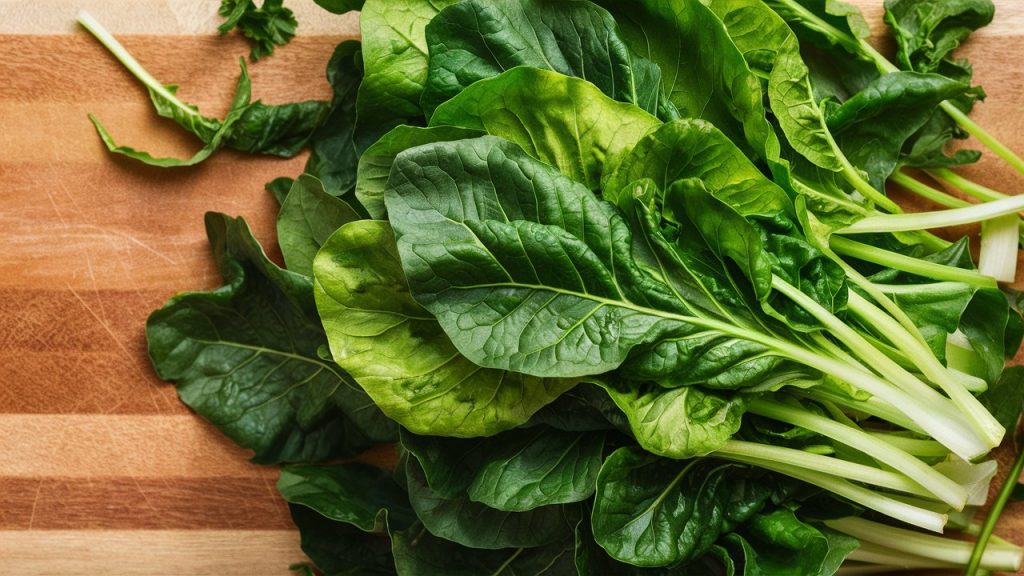
Mustard greens are easy to grow and very tolerant of colder temperatures, making them ideal for November planting in USDA zones 3 through 9. They prefer temperatures around 50°F and can germinate in cooler soil. Plant seeds ¼ to ½ inch deep, spacing them about a foot apart. This leafy green has a peppery flavor and can be harvested as baby greens or allowed to grow larger for heartier leaves.
Swiss Chard
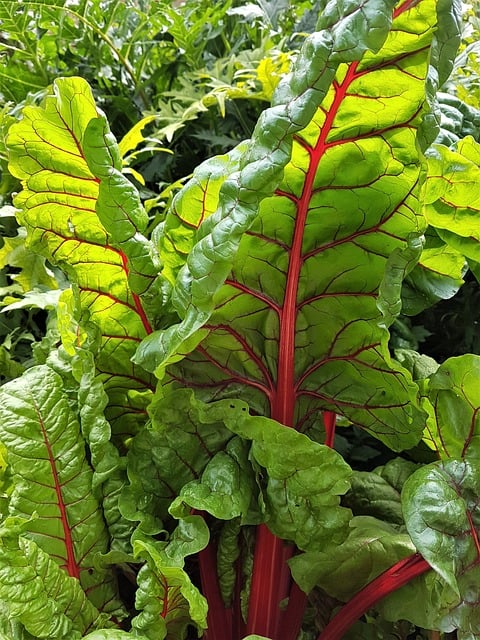
Swiss chard is a nutrient-dense leafy green that can be grown in USDA zones 5 through 9 during November. It thrives in cool weather and can withstand light frosts. Optimum growth temperatures are between 55°F and 75°F. Plant seeds ½ inch deep, spreading them about 6-12 inches apart. Swiss chard is known for its colorful stems and can be harvested continuously throughout the winter months for fresh greens.
Turnips
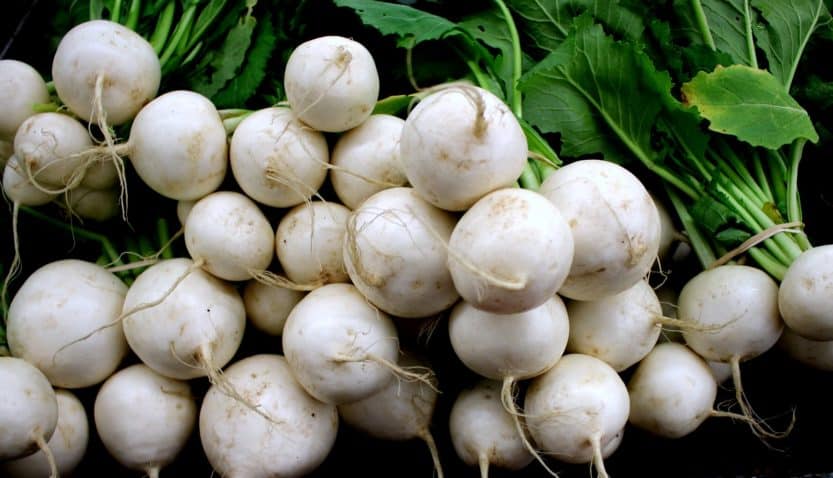
Turnips are another underrated winter vegetable that can be grown in USDA zones 2 through 9 when planted in November. They are fairly frost-tolerant, with the best planting temperatures around 45°F to 75°F. Sow seeds ½ inch deep and space them about 2-4 inches apart. Turnips can be harvested for their roots as well as their tasty greens, and they tend to mature in just 30 to 60 days.
Broccoli
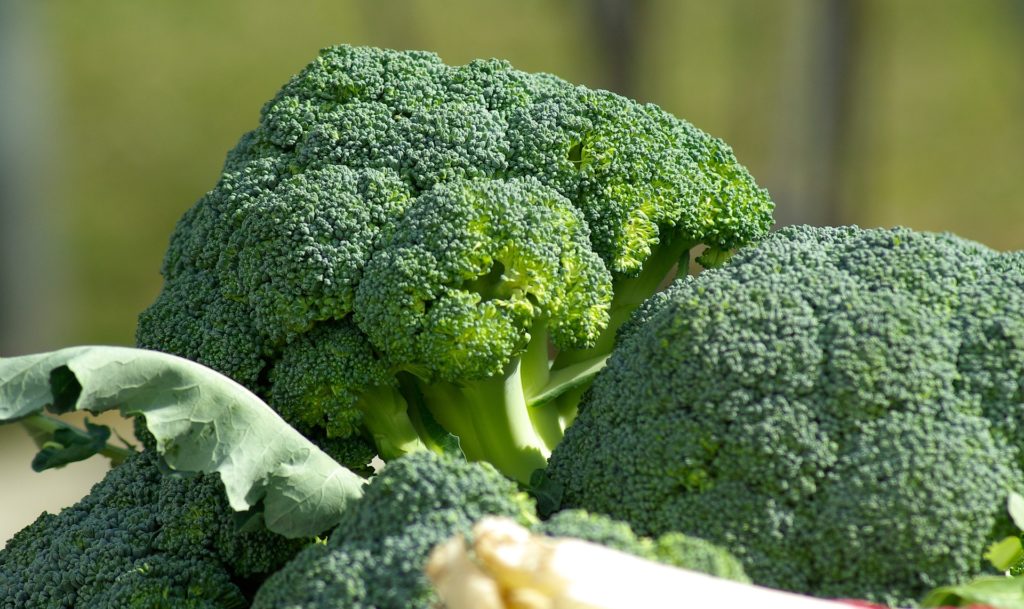
Broccoli can be planted in warmer areas of USDA zones 6 through 9 in November. It prefers a cool growing season and matures best at temperatures around 60°F to 70°F. Seeds should be sown ½ inch deep, with plants spaced about 18 inches apart. Broccoli benefits from cooler weather, and frost can enhance its flavor, making late fall a great time for planting this nutritious vegetable.
Leeks
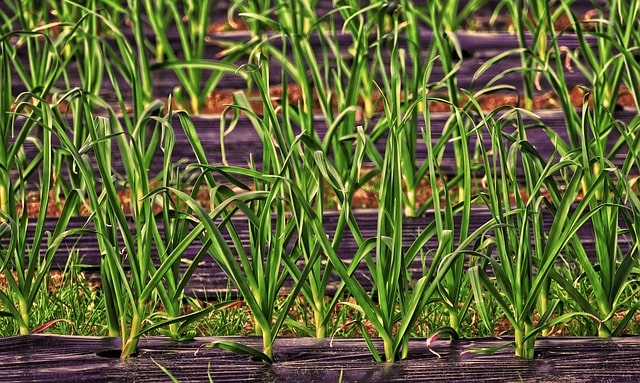
Leeks are known for their mild flavor and versatility and can be planted in USDA zones 5 through 9 during November. They prefer cooler environments, growing best at temperatures ranging from 60°F to 70°F. Plant leek seeds about ½ inch deep and thin them to about 6 inches apart. They take quite some time to mature, often requiring up to 120 days, so late fall planting sets them up nicely for overwintering and an early spring harvest.
Peas
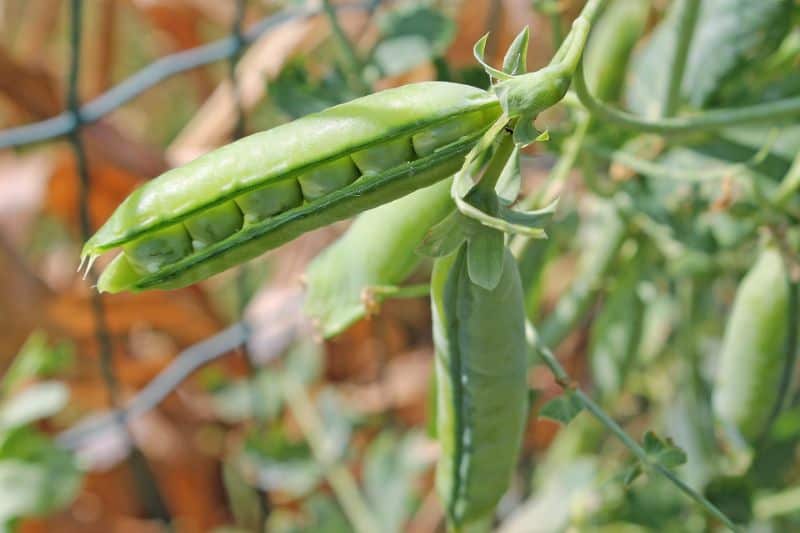
Fall is a splendid time to plant peas in USDA zones 4 through 8, particularly snap and snow pea varieties that are more tolerant to colder weather. November planting should ideally coincide with soil temperatures of at least 40°F. Peas can germinate in cooler conditions, so sow seeds about 1 to 2 inches apart and 1 inch deep. Once established, they often produce a sweet crop in the spring.
Fava Beans
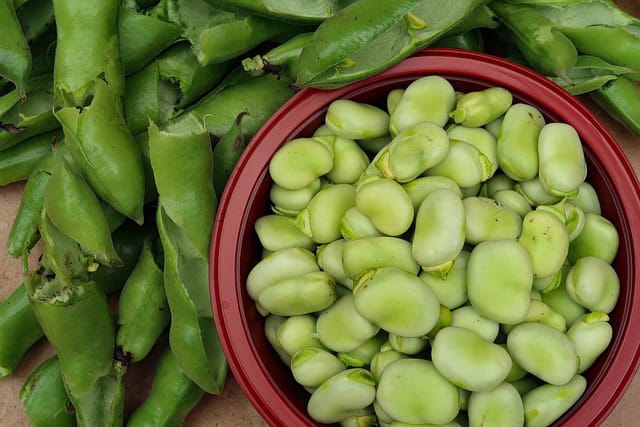
Fava beans are a great cover crop option and can be planted in USDA zones 6 through 8 during November. They are cold-tolerant, with optimal sowing temperatures of 55°F to 70°F. Fava beans should be sown about 1 to 2 inches deep, spacing them 6 inches apart. Not only do they provide a nutritious harvest, but they also enrich the soil by fixing nitrogen, enhancing garden productivity.
Cilantro
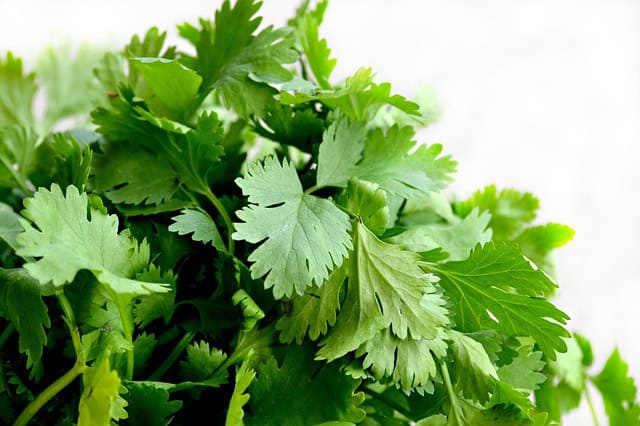
Cilantro is a fragrant herb often used in a variety of culinary dishes. It can be planted in USDA zones 3 through 10 during November, tolerating cooler temperatures down to 30°F. Sow seeds about ¼ inch deep, allowing for spacing of around 2-4 inches apart. Cilantro grows rapidly and is typically ready for harvest in about 40 days. Cool weather can prevent the herb from bolting too quickly, extending your growing season.
Caraway
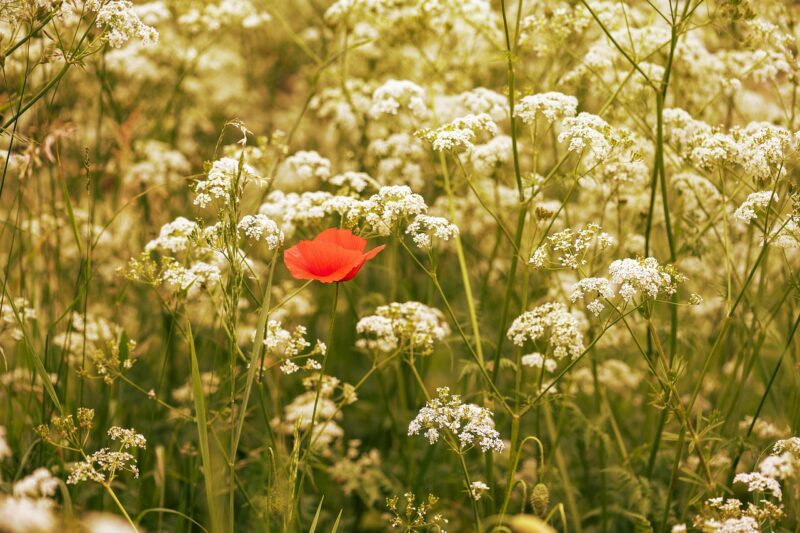
Caraway is an aromatic herb with edible seeds that can be planted in USDA zones 3 through 7 in November. It can endure light frosts and prefers temperatures between 55°F and 70°F. Sow seeds about ¼ inch deep and space them 6-8 inches apart. Caraway is a biennial herb, meaning it will produce seed heads in its second year of growth. This herb not only enhances your culinary creations but also attracts beneficial insects.
Mache
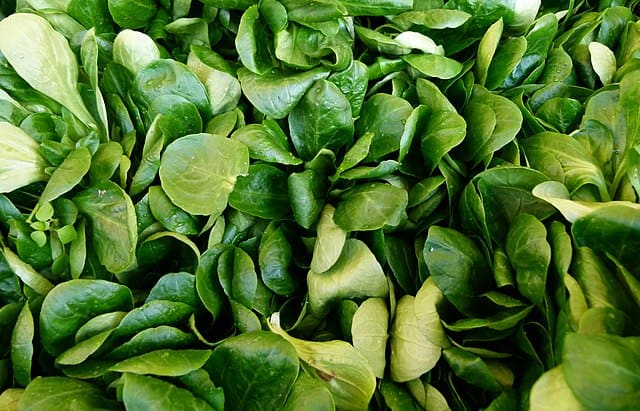
Mache, a nutritious salad green also known as lamb’s lettuce, thrives in cooler temperatures and can be planted in USDA zones 3 through 9 during November. It can tolerate frost as low as 20°F, which enhances its flavor profile. Seeds should be sown shallowly, about ¼ inch deep, and spaced approximately 4 inches apart. Mache has a delicate, nutty flavor and can be harvested young for salads or allowed to grow larger.
Asian Greens
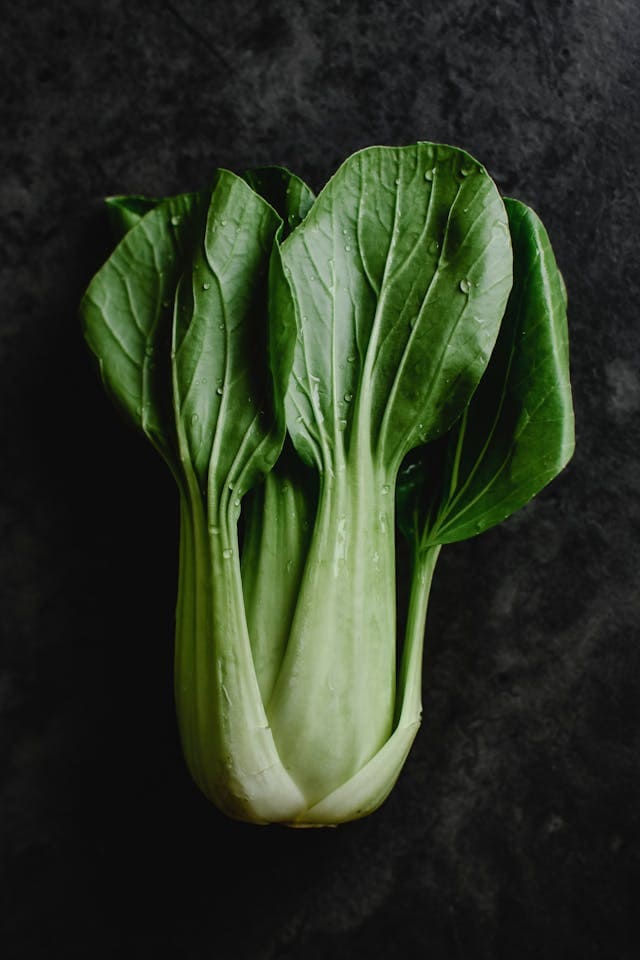
Asian greens, including bok choy and tatsoi, are highly versatile and well-suited for planting in USDA zones 3 through 9 in November. These greens prefer cooler weather, thriving best at temperatures around 55°F to 70°F. Sow seeds about ½ inch deep and space them 6 inches apart. These varieties grow quickly, allowing for harvest in as little as 30 days while adding unique flavors and textures to your dishes.
Peppers (for Container Grows)
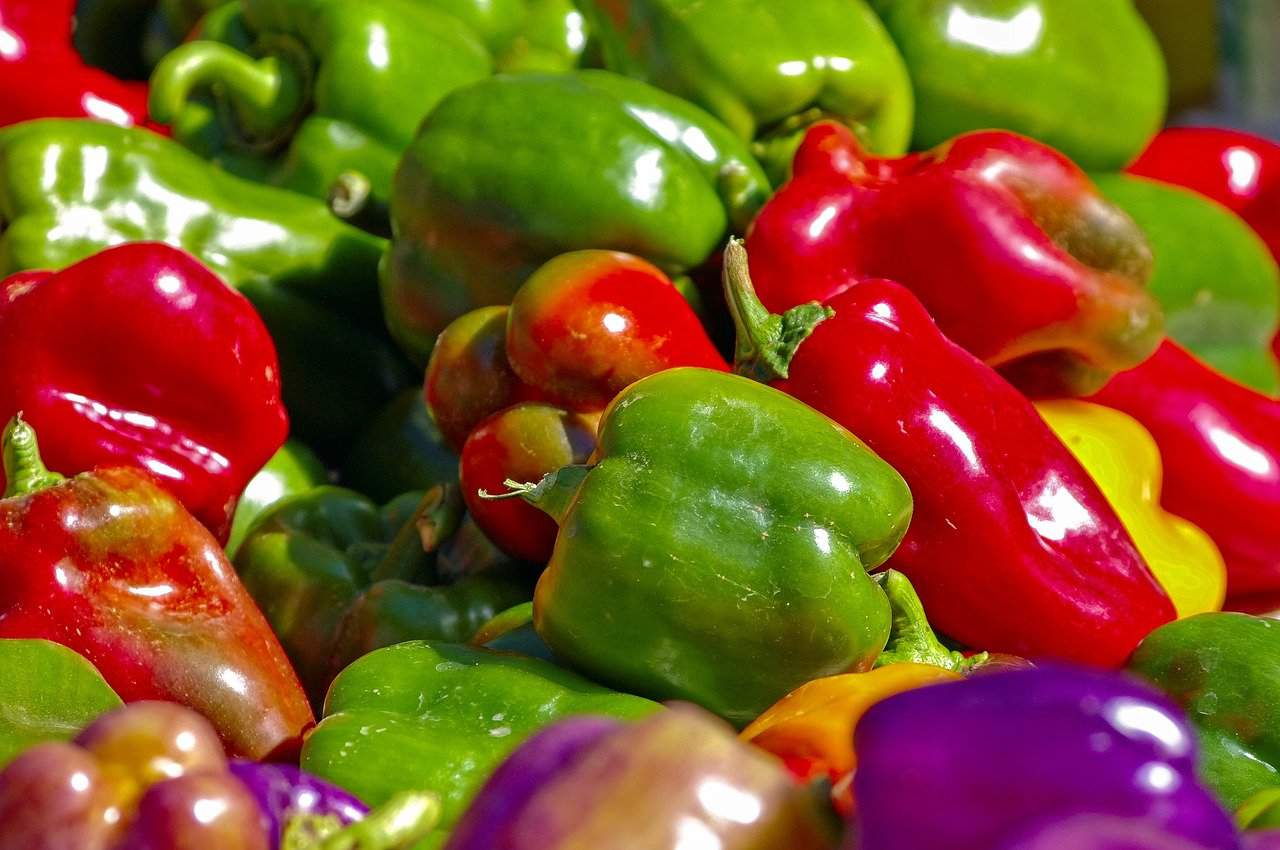
While many pepper varieties thrive in warmer conditions, certain smaller varieties can be grown in containers for a late-season crop in USDA zones 9 and above during November. Look for hardy types like ‘Cubanels’ or ‘Shishitos’ that can handle light frosts. Choose pots with good drainage and provide protection from harsh weather. With temperatures still mild, you might enjoy a late harvest in early spring before the heat sets in.
Winter Radishes
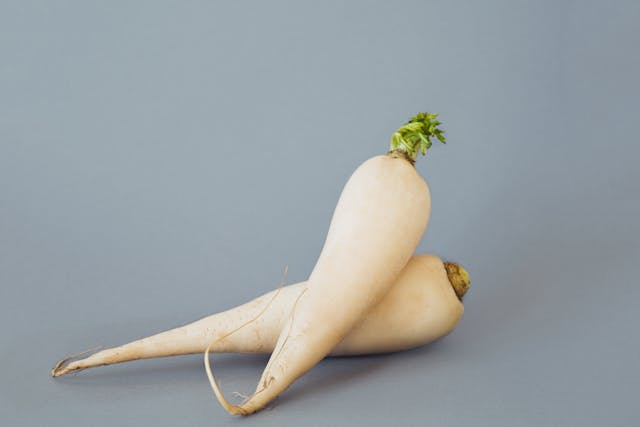
Winter radishes, such as daikon, are ideal for USDA zones 5 through 9 and can be planted in November. They are known for their ability to withstand cold temperatures and can mature within 60 to 90 days. Sow the seeds about ½ inch deep and allow for spacing of 6 inches between them. These hearty radishes tend to have a milder flavor and can thrive in less-than-ideal soil conditions.
Horseradish
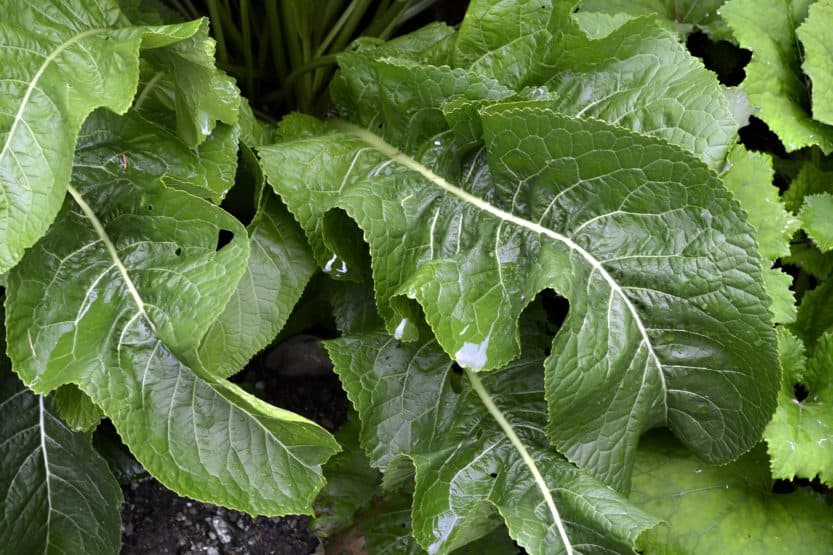
Horseradish is a perennial vegetable that can be planted in USDA zones 3 through 8 in November. It prefers cooler soil but does best when temperatures range between 40°F and 70°F. Plant crowns about 2 to 4 inches deep and 12 to 18 inches apart in well-drained soil. Once established, horseradish can be harvested year-round, providing a spicy addition to your kitchen.


